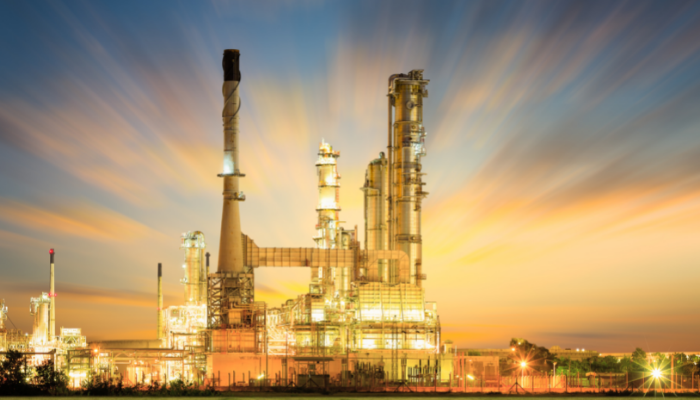Understanding The Factors Impacting Crude Oil Prices

In 2020, the combination of a huge run-up in crude supplies fueled by the Shale Revolution and the COVID-induced severe crude oil demand destruction, resulted in negative crude prices (WTI was trading at close to -38 $/B). At the time, the cliché of “nowhere to go but up” was precise and appropriate. It was a matter of time before the price of crude would rebound and the U.S. and the rest of the would be producing enough oil to meet their needs. Crude prices returned to $40/bbl after production curtailments and an OPEC/other countries production-cap agreement that went into effect in May 2020.
Global and US refinery demand outpaced supply (production + imports – exports) by the third quarter of 2020. This allowed the drawdown of the massive inventories that had accumulated in tanks in Cushing, the US Gulf Coast, and worldwide, plus floating inventories stored in anchored VLCC tankers. Despite the COVID health and economic crisis, the fundamentals prevailed and prices rose, as demand increased faster than supply due to slow production growth. This has enabled the global market to draw down the stocks that had built up at a neck-breaking pace in the first and second quarters of 2020. How quickly the gap is filled as we approach normalcy depends on the propensity of Exploration &Production (E&P) companies to invest in drilling at a higher pace.
Concerning production, the recent increase in rig count has been driven by private E&Ps, not only to enable them to benefit from higher crude oil prices but to make themselves more attractive takeover targets. In contrast, many publicly held E&Ps are facing ESG-related pressures from investors and have reined in their capital spending, returning more money to shareholders (via stock buybacks and dividends), and directing more of their cash flow into their bank accounts. This reluctance of many publicly owned E&Ps to invest more in drilling, even in this environment of higher crude prices, has been a significant factor in slowing U.S. production gains.
While crude oil prices over the long term reflect supply/demand fundamentals, there’s a lot more at play in today’s market — everything from COVID outlook and indicators of economic recovery; to OPEC and other producers’ strategic moves. We can’t ignore the factors involved in production levels, cash accumulation by publicly owned E&Ps, Environmental, Social and Governance (ESG) factors, WTI futures, the forward curve, oil-market sentiment, the capacity of producers to ramp up, and momentum.
Where the pandemic and the economy might be headed next, is for the world to find out. Our view is that we’re past the worst, and demand for refined products like gasoline, diesel, and jet fuel will continue growing in 2022 & 2023.
In our next article in this series, we will discuss the concerns and issues surrounding the environmental, social and governance (ESG) requirements for Oil & Gas Companies.




 English
English







